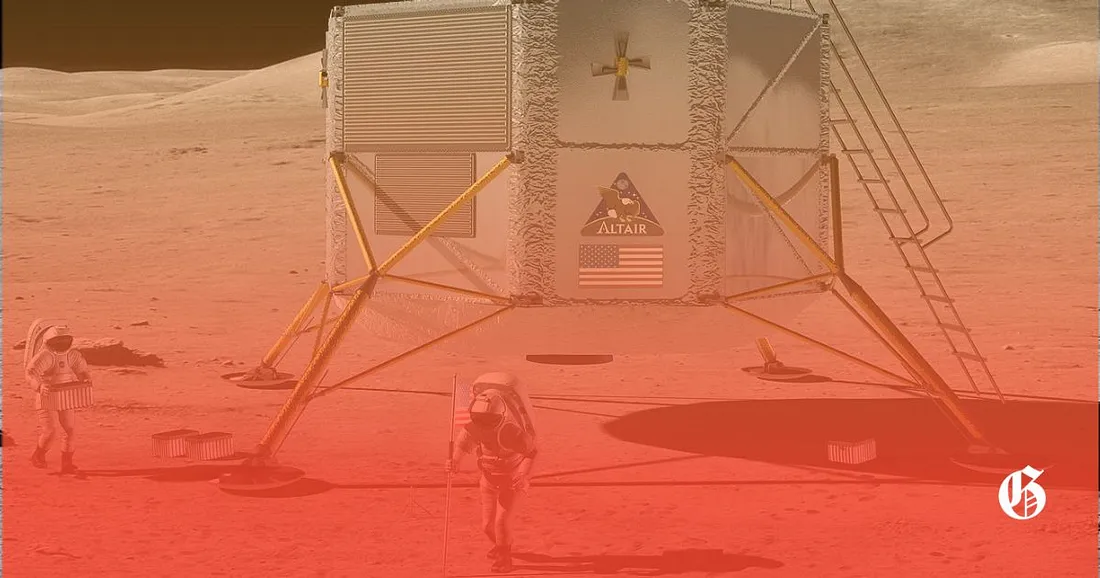Robotic Lunar Missions: Advancing Exploration of the Moon
The Moon, Earth’s closest celestial neighbor, has always fascinated humanity. Its surface, with craters, mountains, and plains, holds vital clues to understanding the origins of our solar system and the processes that have shaped terrestrial bodies. Recently, there has been a resurgence of interest in lunar exploration, particularly in robotic missions. Advances in lunar landers and rovers are revolutionizing our ability to explore the Moon’s surface and gather essential scientific data. This article highlights significant projects, technological innovations, and future prospects in robotic missions to the Moon.
The Importance of Robotic Lunar Missions
Robotic missions to the Moon play a critical role in advancing our understanding of lunar geology, potential resources, and the environment of outer space. Some key benefits of these missions include:
- Scientific Research: Robotic landers and rovers collect crucial data about the Moon’s composition, geology, and history. This information helps scientists understand the processes that shaped not only the Moon but also Earth and other celestial bodies.
- Preparation for Human Missions: These robotic missions serve as precursors to human exploration. They test technologies and assess landing sites, paving the way for future manned missions.
- Resource Exploration: The Moon is believed to harbor valuable resources, such as water ice, helium-3, and rare earth elements. Robotic missions help identify and assess these resources, which could be vital for sustainable lunar colonization.
Notable Robotic Lunar Missions
Several missions have advanced lunar exploration in recent years. Here are some key examples:
-
NASA’s Lunar Reconnaissance Orbiter (LRO)
Launched in 2009, the LRO has provided high-resolution images of the Moon’s surface, mapping its topography and mineralogy. Its data has significantly enhanced our understanding of lunar geology, particularly in identifying the distribution of water ice in permanently shadowed regions.
Learn more about LRO -
China’s Chang’e Program
China’s Chang’e program has been instrumental in advancing lunar exploration. Notable missions include:- Chang’e 3 (2013): This mission successfully landed the Yutu rover on the Moon, marking China’s first successful lunar landing. Yutu conducted geological surveys and analyzed soil samples.
- Chang’e 4 (2019): This historic mission made the first soft landing on the far side of the Moon, deploying the Yutu-2 rover. It provided unprecedented data on the Moon’s geology and environment on the far side.
- Chang’e 5 (2020): This mission successfully collected and returned lunar samples to Earth, marking the first such mission since the Apollo program. The samples are being analyzed to gain insights into the Moon’s history and geological processes. More on China’s Chang’e program
-
India’s Chandrayaan Missions
The Indian Space Research Organisation (ISRO) launched Chandrayaan-1 in 2008, which confirmed the presence of water molecules on the Moon. The subsequent mission, Chandrayaan-2 (2019), included an orbiter, lander (Vikram), and rover (Pragyan). While the lander lost communication during its descent, the orbiter continues to relay valuable data, contributing to lunar research.
Discover ISRO’s Chandrayaan missions -
NASA’s Artemis Program
NASA’s Artemis program aims to return humans to the Moon by 2024, but it also includes several robotic missions. The Artemis I mission will test the Space Launch System (SLS) and the Orion spacecraft, while future missions will deploy robotic landers and rovers to conduct science and test technologies for human exploration.
Learn about the Artemis program
Technological Advances in Lunar Landers and Rovers
Robotic missions to the Moon have benefitted from significant advancements in technology, improving the capabilities and performance of lunar landers and rovers:
- Autonomous Navigation: Modern lunar rovers are equipped with sophisticated autonomous navigation systems that allow them to traverse the rugged lunar terrain without direct human control. This technology allows for more effective exploration and greater coverage.
- Advanced Scientific Instruments: Lunar landers and rovers are equipped with a variety of scientific instruments, such as spectrometers, cameras, and drill systems, enabling them to conduct detailed analyses of the lunar surface.
- In-Situ Resource Utilization (ISRU): Future missions are focusing on ISRU technologies, such as extracting water from lunar ice deposits or utilizing local materials for construction and fuel production. This reduces the need for transporting supplies from Earth.
- Modular Design: Lunar landers and rovers are increasingly designed with modular components, allowing for easy upgrades and repairs, enhancing mission longevity and adaptability.
- Improved Communication Systems: Advanced communication technologies, including lunar satellites, improve the quality and speed of data transfer between lunar missions and Earth, enabling real-time access to scientific data.
Future Prospects and Challenges
The future of robotic lunar missions is filled with exciting prospects:
-
Lunar South Pole Exploration
The lunar south pole is of particular interest due to its potential water ice resources. Future missions will focus on exploring this region to assess water availability and its potential role in supporting human colonization. -
Commercial Lunar Missions
Private companies, such as SpaceX and Blue Origin, are developing lunar landers and services for commercial exploration. These missions will help drive advancements in lunar technology and open up new avenues for collaboration. -
International Collaborations
As interest in lunar exploration grows, international collaborations are expected to increase. Joint missions can leverage diverse expertise and resources, enhancing the overall success of lunar exploration efforts. -
Challenges Ahead
Despite technological advancements, challenges remain. Issues such as precise landing capabilities, radiation protection for robotic systems, and the harsh lunar environment require ongoing research and innovation. Additionally, funding and political considerations will play a significant role in determining the pace and direction of future missions.
Conclusion
Robotic missions to the Moon have transformed our understanding of Earth’s celestial neighbor. These missions provide valuable insights into lunar geology, resources, and the potential for future human exploration. With continuous advancements in technology and increasing international collaboration, the future of lunar exploration looks promising. As we stand on the brink of a new era in lunar exploration, we are poised to uncover more of the Moon’s mysteries and ensure the success of future missions.











